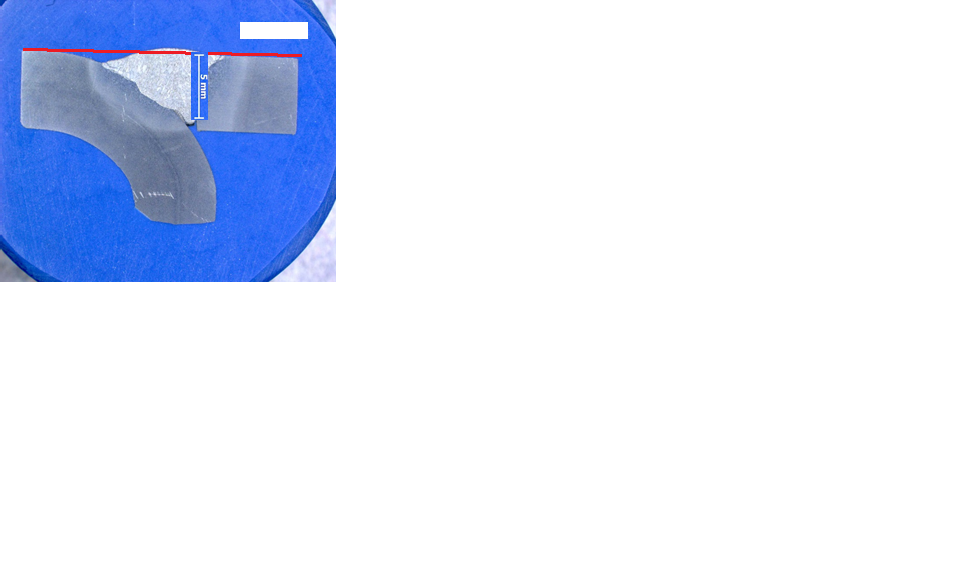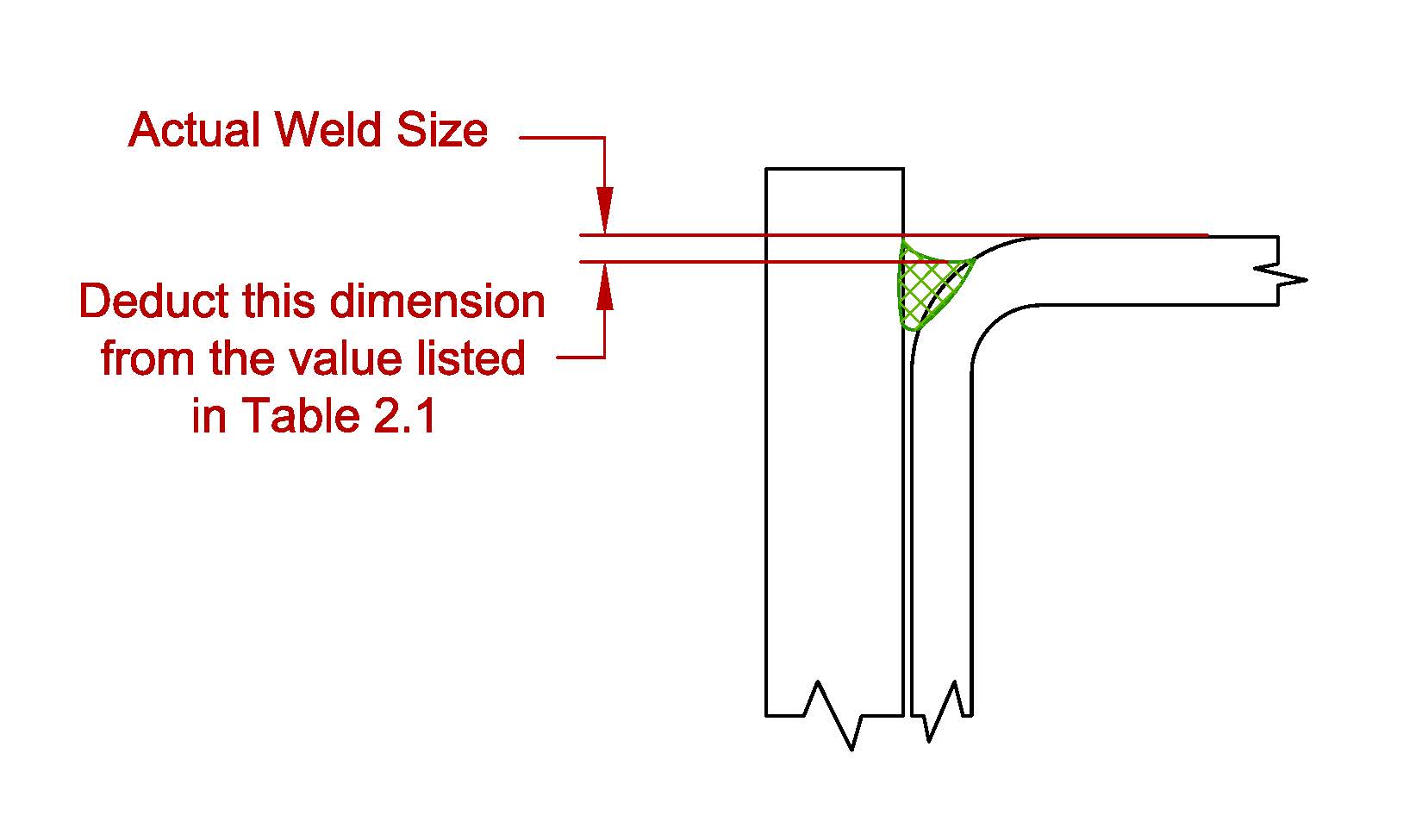
Yup, your right Lawrence, we've come full circle...
Final position...
1. Thanks to AWS D1.1: 2015 section 2.4.1.4, I know how to determine the effective size of an underfilled flare bevel groove weld, not if it's acceptable, but how to measure it.
2. Thanks to tables 6.1 and 9.16, as well as section 5.23 and figures 5.4 and A.5, I know that the visual acceptance criteria for flare bevel groove welds must not be very important because it sure as heck not defined, but now I can argue either for or against filling the groove with weld to the radius line, and win either way.
3. I agree with Al, "Save a life - burn your D1.1"
4. What it all boils down to in the end is that notches on material surfaces cause stress risers that weaken strength properties, and underfilled grooves have surface notches. The deeper the notch and sharper the notch angle, the more strength is lost.
5. I can determine an acceptance range myself by welding PQR test plates and face bending coupons with various depth underfill notches until I find the failure point, but I will have to do a lot of tests to cover the material grades, thicknesses and welding parameters I need.
6. After I complete all of the tests, I can write job instructions and acceptance criteria that few will be able to understand or follow, and anyone with a D1.1 can argue against.
7. Therefore, I shall reject underfilled flare bevel groove welds.
8. I need a beer...
Tim




 .. but we are suffering with over 70°F weather here in the valley of the sun worshipers.
.. but we are suffering with over 70°F weather here in the valley of the sun worshipers. 
